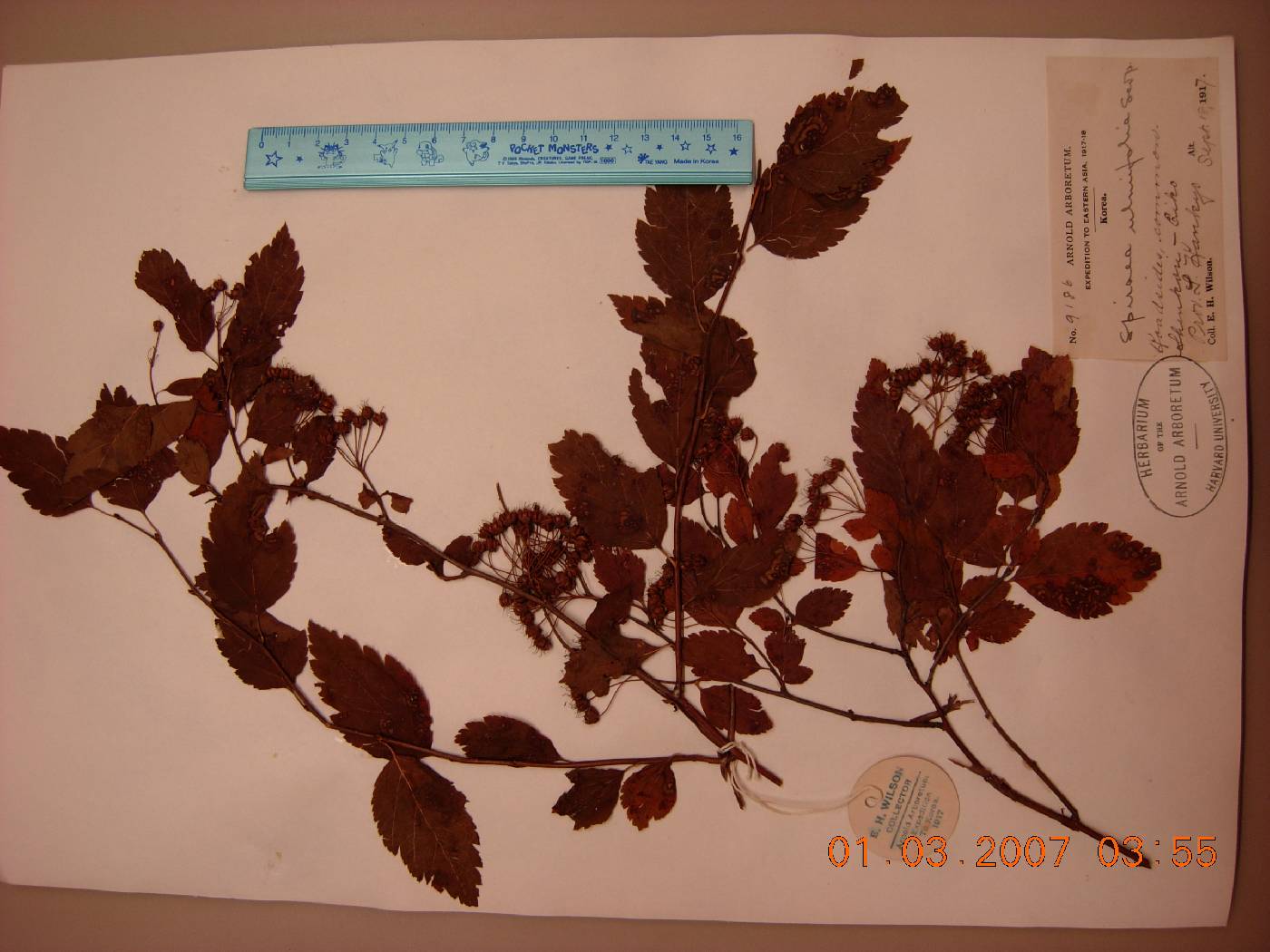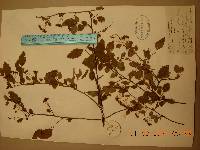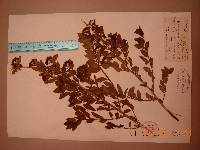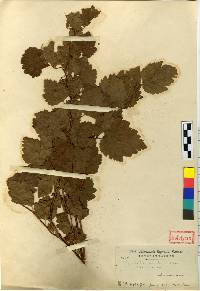
Northeastern Asian Flora
|
Spiraea chamaedryfolia
 (redirected from: Spiraea chamaedryfolia var. flexuosa (Fisch. ex Cambess.) Maxim.) (redirected from: Spiraea chamaedryfolia var. flexuosa (Fisch. ex Cambess.) Maxim.) |
|
|
Family: Rosaceae
[Opulaster insularis Nakai, more] |
|
Development supported by College of Agriculture and Life Sciences of Seoul
National University and Korea National Arboretum of Korea Forest Service.
National University and Korea National Arboretum of Korea Forest Service.
Powered by Symbiota.









